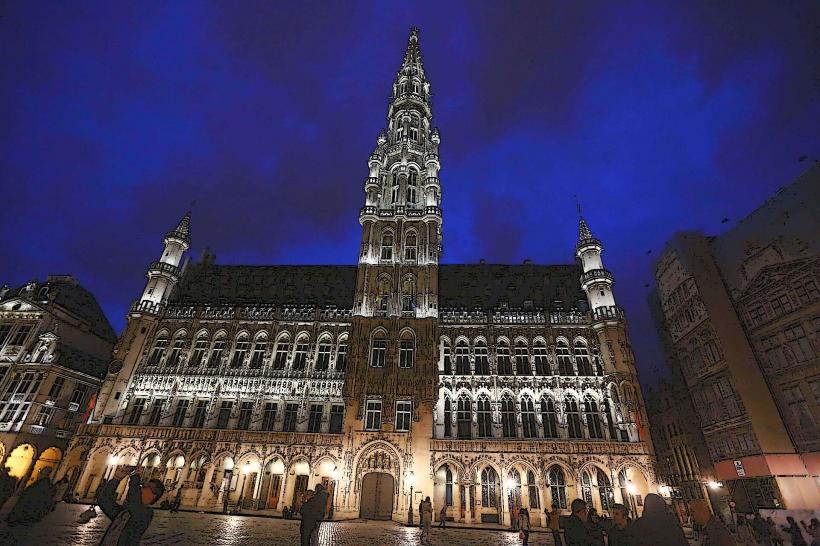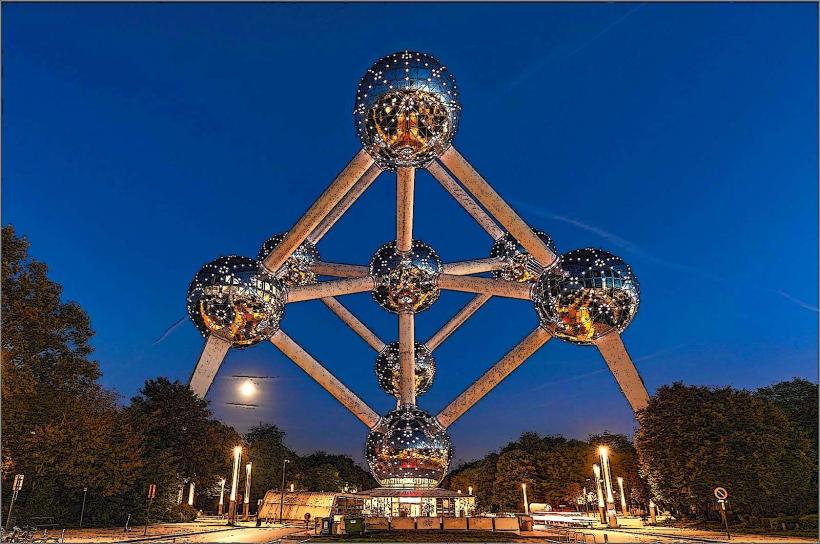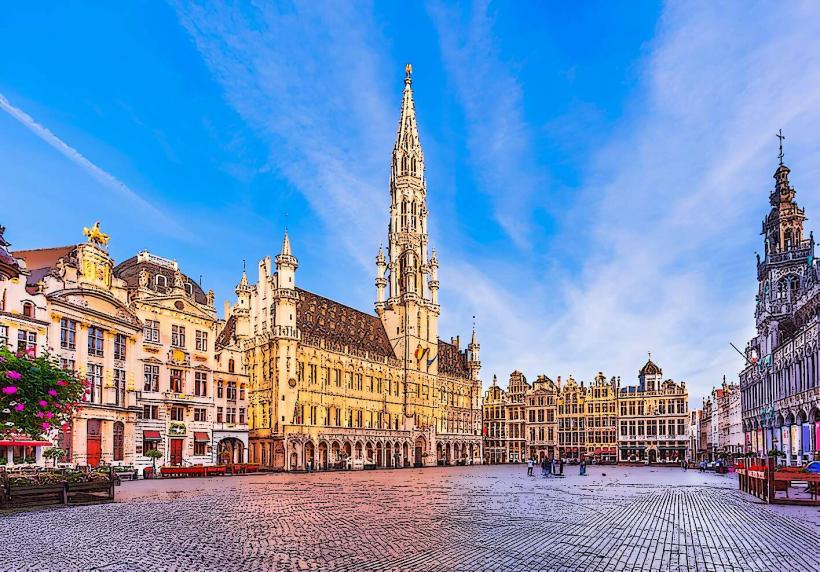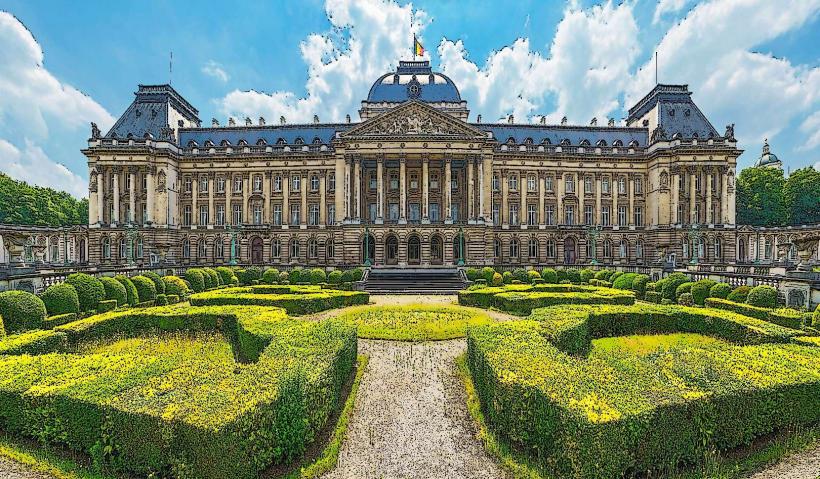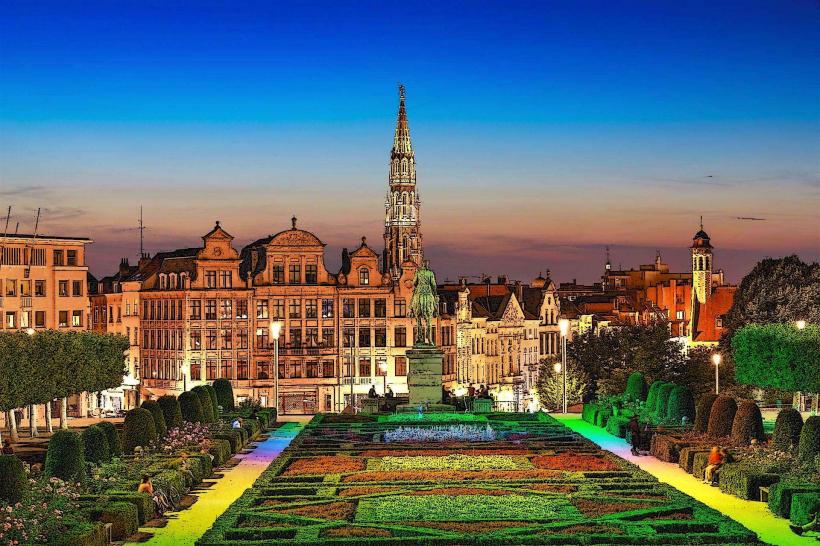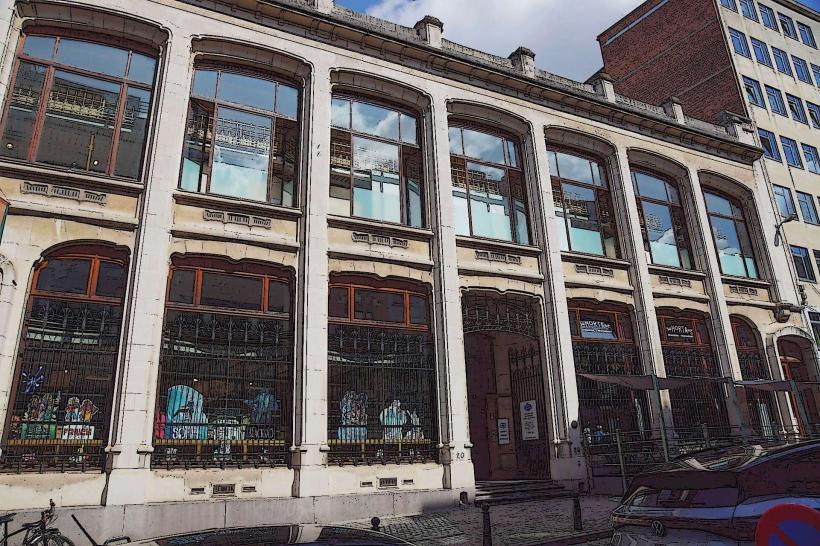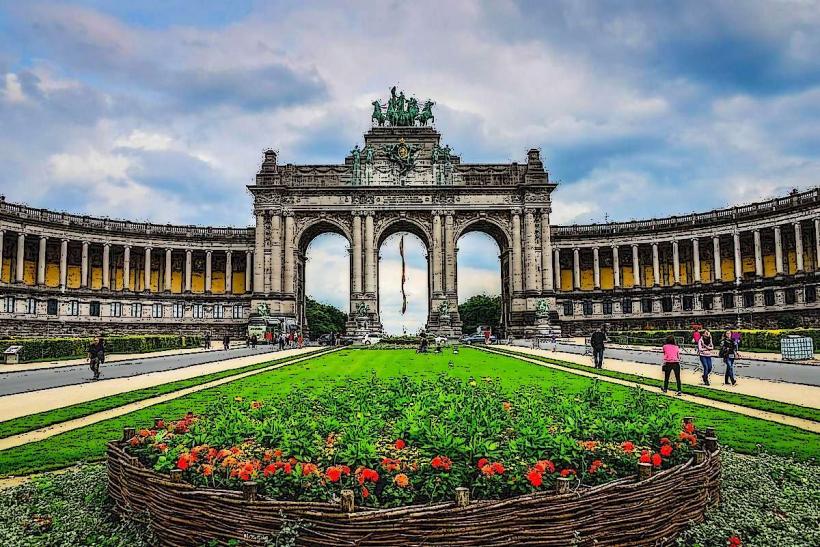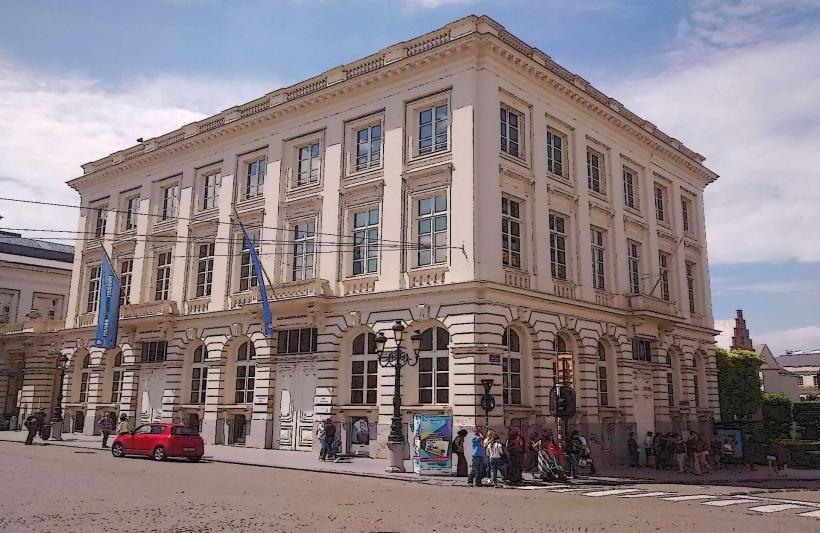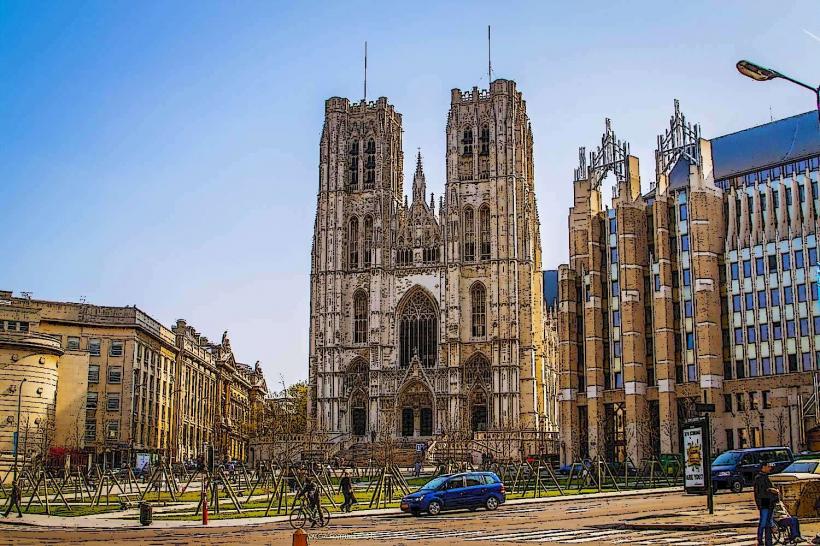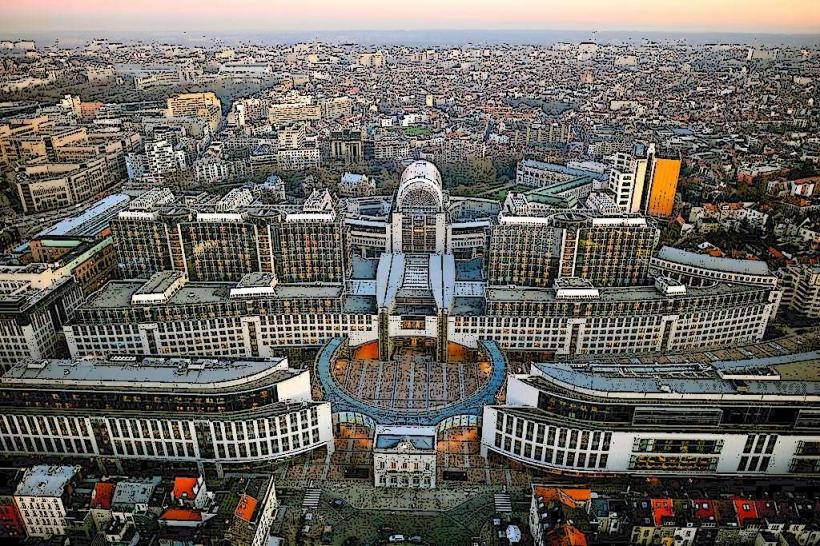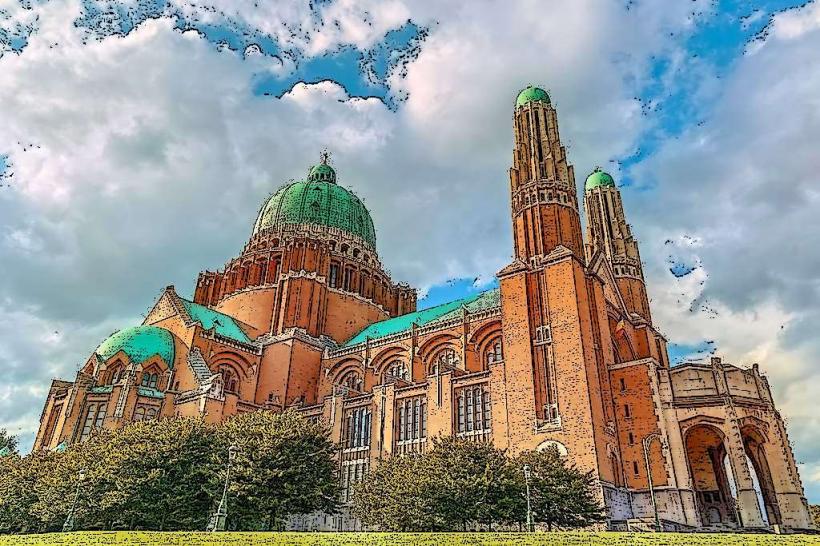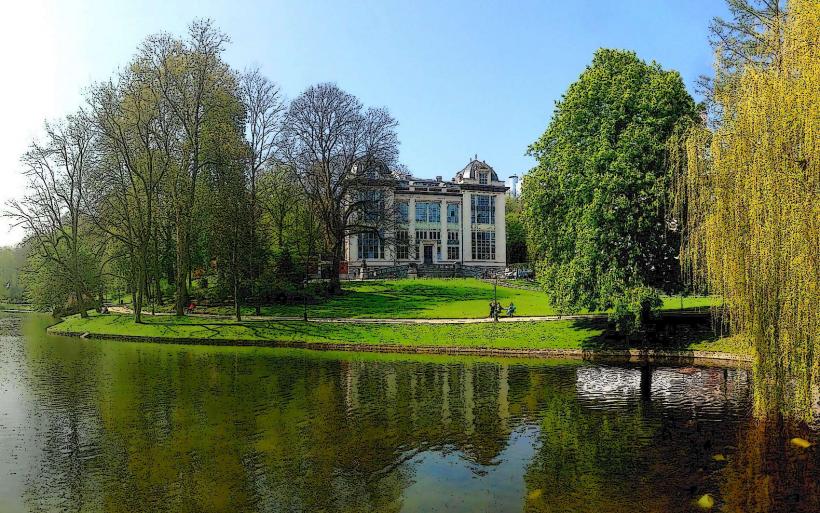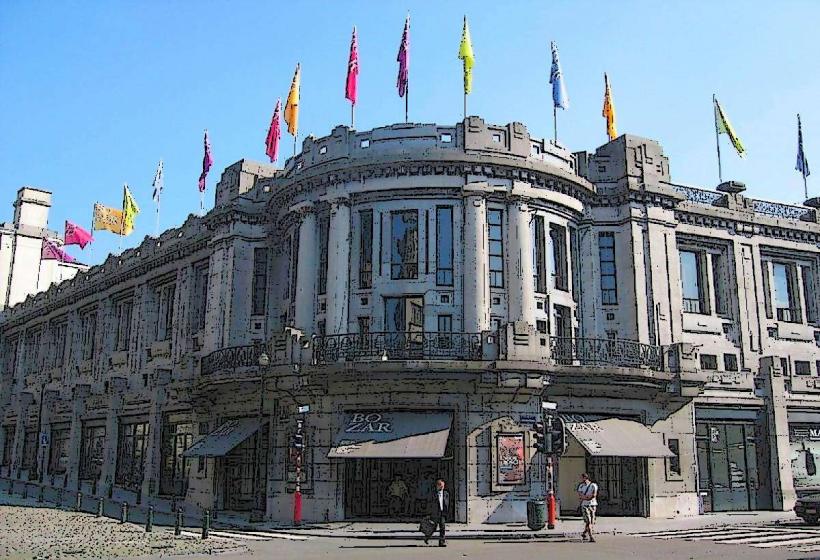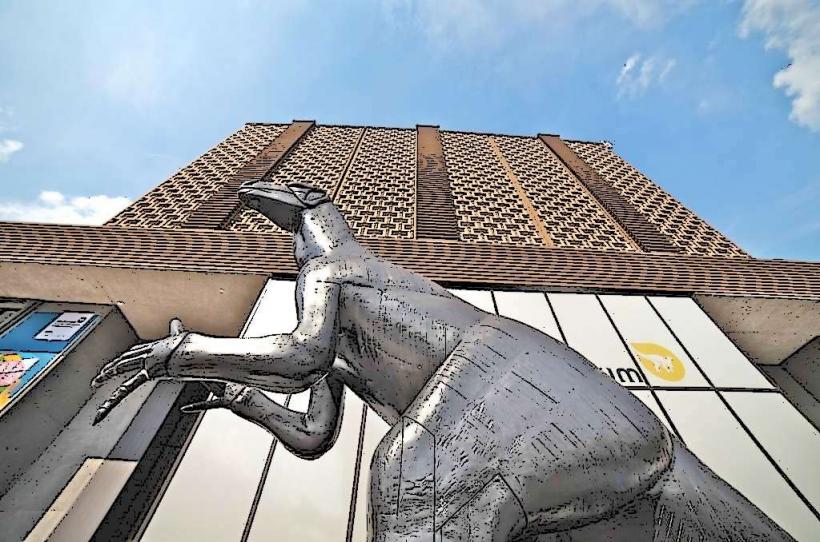Information
Landmark: Manneken PisCity: Brussels
Country: Belgium
Continent: Europe
Manneken Pis is one of Brussels' most famous landmarks and a beloved symbol of the city's irreverent sense of humor and independence. This small bronze statue depicts a young boy urinating into a fountain, and despite its modest size, it has become an iconic part of Brussels' cultural identity.
History and Origins
Creation and Origins: The Manneken Pis statue was created in 1619 by the sculptor Jerôme Duquesnoy the Elder. The original statue was designed to be a symbol of Brussels' freedom and spirit, embodying the city’s playful nature. The statue was placed at the junction of several streets near the Grand Place, and it quickly became a recognizable landmark in the city.
Legend: Several legends explain the origins of the statue, adding to its charm and mystery:
- One popular legend tells of a young boy who, during an invasion of Brussels, helped save the city by extinguishing a bomb with his urine. In celebration, a statue was erected in his honor.
- Another legend claims that the statue represents a boy who urinated on the burning fuse of an enemy’s bomb, preventing an attack on the city.
- Yet another version says that the boy was the son of a wealthy merchant who was lost in the streets of Brussels. To mark his return, a statue was placed to commemorate his homecoming.
Design and Symbolism
Small and Playful: The statue itself stands at only about 61 cm (2 feet) tall, making it relatively small compared to many other landmarks in the city. Despite its size, Manneken Pis attracts crowds of visitors daily.
Material and Style: The statue is made of bronze, and it depicts a young boy standing with his legs apart, peeing into a small fountain. Over the centuries, the statue has been the target of various thefts, and its original version was stolen in the 17th century. The current statue is a replica, with the original being kept in the City Museum of Brussels.
Symbol of Independence and Humor: The statue has become a symbol of Brussels' independent spirit and its residents' playful, rebellious attitude. The humorous nature of the statue makes it stand out as a lighthearted and quirky icon, in contrast to more serious monuments.
Cultural Significance
- National Symbol: Manneken Pis is not just a local landmark; it has become a symbol of Belgian identity. While it represents the irreverent humor of Brussels, it also reflects the city’s values of freedom and independence.
- Festivals and Ceremonies: The statue has become the center of various ceremonies throughout the year. On special occasions, it is dressed up in costumes—sometimes for national holidays, festivals, or to commemorate specific events. There is a wide collection of costumes, ranging from traditional outfits to costumes from popular culture. The changing of the costumes is a popular event for tourists and locals alike.
- Popular with Tourists: Despite its small size, Manneken Pis attracts millions of visitors each year who come to see the statue and take photographs. It's often included as part of walking tours of Brussels, as it is located very close to Grand Place.
The Costumes
Manneken Pis' Wardrobe: The statue has an extensive wardrobe, with more than 1,000 costumes that have been donated by various organizations, institutions, and cities around the world. These costumes include historical, national, and thematic outfits, reflecting the global cultural reach and significance of the statue.
Ceremonial Dressing: The dressing ceremony of the statue is an important event in Brussels, often drawing large crowds. The costumes are typically changed several times a week, and some occasions feature a special ceremony, such as the unveiling of a new costume.
Costume Collection: The collection of costumes is stored in a museum near Manneken Pis, known as the Manneken Pis Museum. It showcases the vast array of outfits the statue has worn over the years, from traditional Belgian garb to international costumes from Japan, Brazil, Russia, and beyond.
Fun Facts and Symbolism
Multiple Statues: While the original Manneken Pis is the most famous, there are other versions of the statue around Brussels and even worldwide. For instance, there is a "Jeanneke Pis" (a female version) located near Delirium Café, and a "Zinneke Pis" (a dog version) near the Canal. These statues all reflect the same irreverent spirit as the original Manneken Pis.
Fontaine: The statue also serves as a public fountain, and for many years, the water from the statue was actually used for drinking. This quirky aspect adds to the charm and uniqueness of Manneken Pis.
Theft and Protection: Over the years, the statue has been stolen several times, including a famous theft in the 1960s. It was stolen and later recovered, and as a result, the statue is now protected by a glass enclosure to prevent further theft.
Cultural Celebrations: On April 30, the statue’s birthday is celebrated, and it is dressed in a special costume for the occasion. The statue’s birthday is one of the many festivities that contribute to the cultural vibrancy of Brussels.
Visitor Information
Location: The Manneken Pis statue is located near the Grand Place, at the intersection of Rue de l'Étuve and Rue du Chêne. It is a short walk from other major landmarks in Brussels.
Visiting Hours: Manneken Pis is always visible to the public, and access is free. However, the wardrobe changes and special events can be attended during specific times, so it’s best to check the schedule for costume ceremonies or events.
Nearby Attractions: While visiting Manneken Pis, tourists can also explore nearby attractions such as the Grand Place, Galeries Royales Saint-Hubert, and the Brussels City Museum.
Conclusion
Manneken Pis may be small in size, but its significance far exceeds its physical dimensions. As one of Brussels' most recognized and charming landmarks, it embodies the city’s playful spirit and love for freedom, making it a must-see attraction for anyone visiting Brussels. Whether it's the statue's humorous design, its costumes, or the cultural stories behind it, Manneken Pis remains a beloved symbol of Belgium's quirky and independent character.

